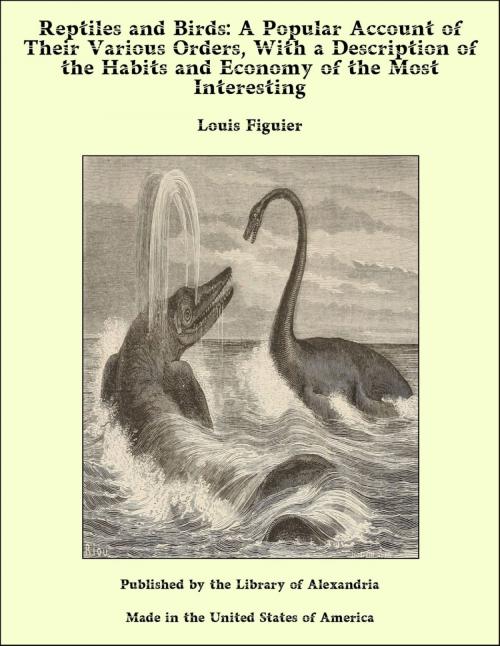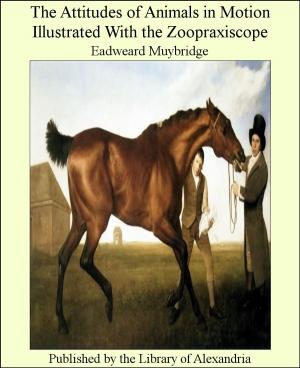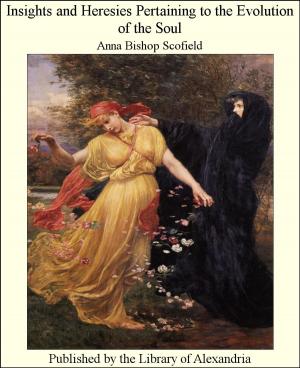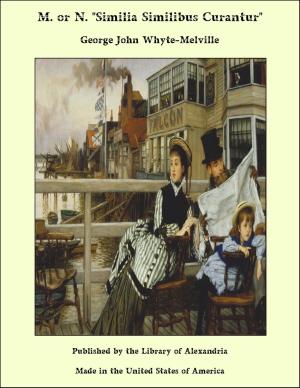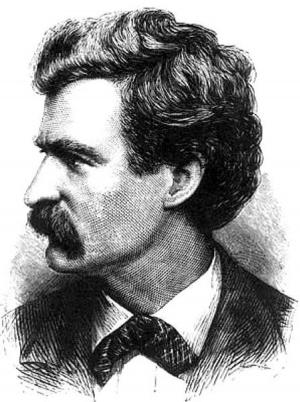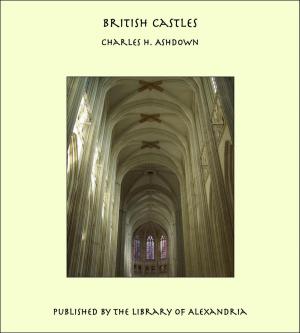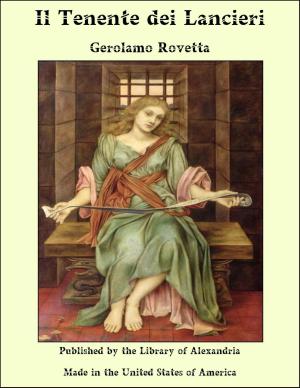Reptiles and Birds: A Popular Account of Their Various Orders, With a Description of the Habits and Economy of the Most Interesting
Nonfiction, Religion & Spirituality, New Age, History, Fiction & Literature| Author: | Louis Figuier | ISBN: | 9781465611406 |
| Publisher: | Library of Alexandria | Publication: | March 8, 2015 |
| Imprint: | Language: | English |
| Author: | Louis Figuier |
| ISBN: | 9781465611406 |
| Publisher: | Library of Alexandria |
| Publication: | March 8, 2015 |
| Imprint: | |
| Language: | English |
There is little apparent resemblance between the elegant feathered warbler which makes the woods re-echo to its cheerful song, and the crawling reptile which is apt to inspire feelings of disgust when the more potent sensation of terror is absent—between the familiar Swallow, which builds its house of clay under the eaves of your roof, or the warbler whose nest, with its young progeny, carefully watched by the father of the brood in the silent watches of the night, is now threatened by the Serpent which has glided so silently into the bush, its huge mouth already open to swallow the whole family, while the despairing and fascinated parents have nothing but their slender bills to oppose to their formidable foe. "Placed side by side," says Professor Huxley, "a Humming-bird and a Tortoise, or an Ostrich and a Crocodile, offer the strongest contrast; and a Stork seems to have little but its animality in common with the Snake which it swallows." Nevertheless, unlike as they are in outward appearance, there is sufficient resemblance in their internal economy to bring them together in most attempts at a classification of the Animal Kingdom. The air-bladder which exists between the digestive canal and kidneys in some fishes, becomes vascular with the form and cellular structure of lungs in reptiles; the heart has two auricles, the ventricle in most is imperfectly divided, and more or less of the venous blood is mixed with the arterial which circulates over the body; but retaining their gills and being therefore transitional in structure, they are also cold-blooded. Inbirds, the lungs are spongy, the cavity of the air-bags becoming obliterated by the multiplication of vascular cellules; the heart is four-chambered, transmitting venous blood to the lungs, and pure arterial blood to the body; the temperature is raised and maintained at 90° to 100° Fahr. Thus Reptiles, like Birds, breathe the common air by means of their lungs, but respiration is much less active. "Although," remarks Professor Owen, "the heart of Birds resembles in some particulars that of Reptiles, the four cavities are as distinct as in the Mammalia, but they are relatively stronger, their valvular mechanism is more perfect, and the contractions of this organ are more forcible and frequent in birds, in accordance with their more extended respiration and their more energetic muscular action." It is true, as Professor Huxley informs us, that the pinion of a bird, which corresponds with the human hand or the fore paw of a reptile, has three points representing three fingers: no reptile has so few.1 The breast-bone of a bird is converted into membrane-bone: no such conversion takes place in reptiles. The sacrum is formed by a number of caudal and dorsal vertebræ. In reptiles the organ is constituted by one or two sacral vertebræ.
There is little apparent resemblance between the elegant feathered warbler which makes the woods re-echo to its cheerful song, and the crawling reptile which is apt to inspire feelings of disgust when the more potent sensation of terror is absent—between the familiar Swallow, which builds its house of clay under the eaves of your roof, or the warbler whose nest, with its young progeny, carefully watched by the father of the brood in the silent watches of the night, is now threatened by the Serpent which has glided so silently into the bush, its huge mouth already open to swallow the whole family, while the despairing and fascinated parents have nothing but their slender bills to oppose to their formidable foe. "Placed side by side," says Professor Huxley, "a Humming-bird and a Tortoise, or an Ostrich and a Crocodile, offer the strongest contrast; and a Stork seems to have little but its animality in common with the Snake which it swallows." Nevertheless, unlike as they are in outward appearance, there is sufficient resemblance in their internal economy to bring them together in most attempts at a classification of the Animal Kingdom. The air-bladder which exists between the digestive canal and kidneys in some fishes, becomes vascular with the form and cellular structure of lungs in reptiles; the heart has two auricles, the ventricle in most is imperfectly divided, and more or less of the venous blood is mixed with the arterial which circulates over the body; but retaining their gills and being therefore transitional in structure, they are also cold-blooded. Inbirds, the lungs are spongy, the cavity of the air-bags becoming obliterated by the multiplication of vascular cellules; the heart is four-chambered, transmitting venous blood to the lungs, and pure arterial blood to the body; the temperature is raised and maintained at 90° to 100° Fahr. Thus Reptiles, like Birds, breathe the common air by means of their lungs, but respiration is much less active. "Although," remarks Professor Owen, "the heart of Birds resembles in some particulars that of Reptiles, the four cavities are as distinct as in the Mammalia, but they are relatively stronger, their valvular mechanism is more perfect, and the contractions of this organ are more forcible and frequent in birds, in accordance with their more extended respiration and their more energetic muscular action." It is true, as Professor Huxley informs us, that the pinion of a bird, which corresponds with the human hand or the fore paw of a reptile, has three points representing three fingers: no reptile has so few.1 The breast-bone of a bird is converted into membrane-bone: no such conversion takes place in reptiles. The sacrum is formed by a number of caudal and dorsal vertebræ. In reptiles the organ is constituted by one or two sacral vertebræ.
